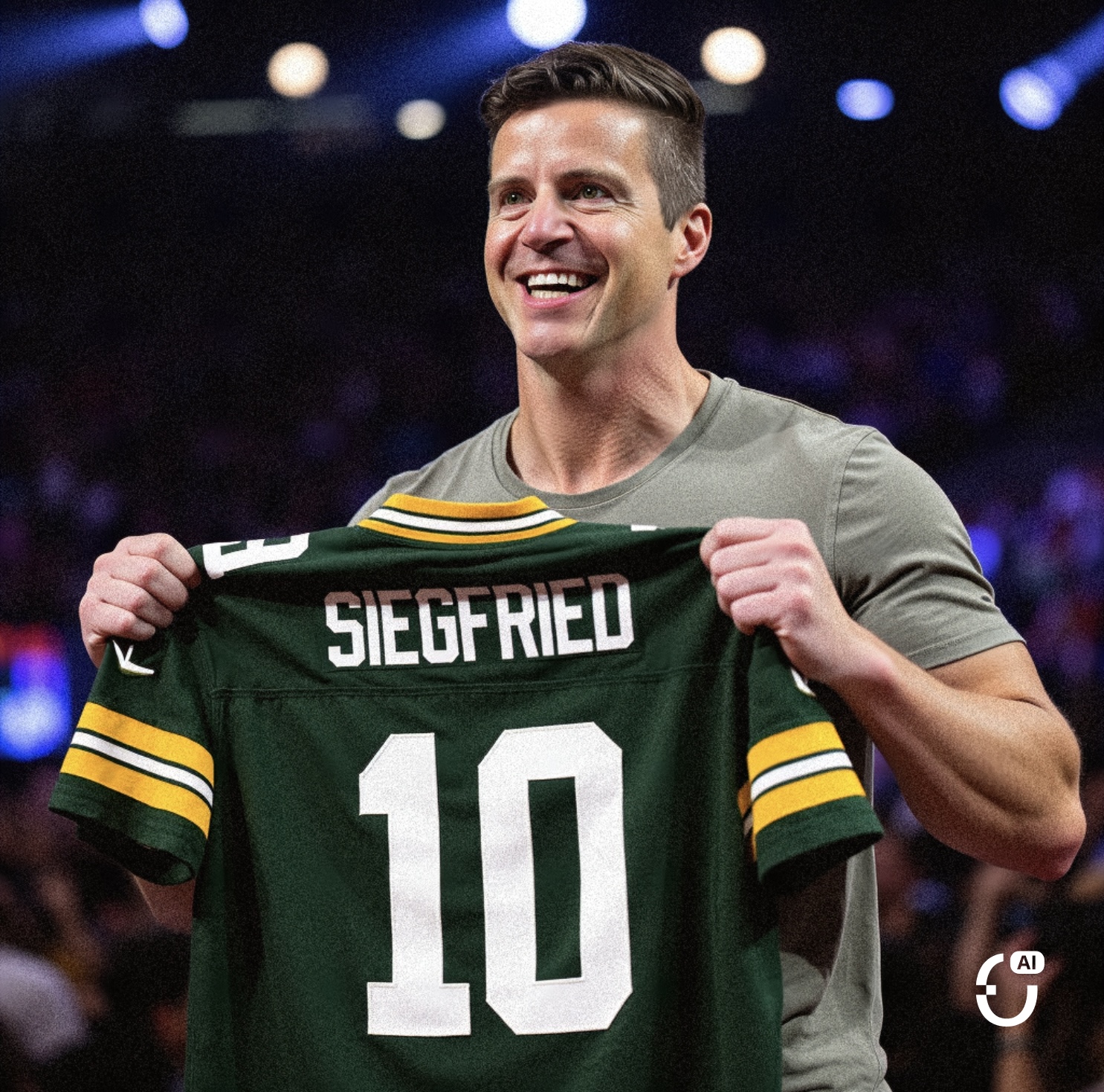I'm writing this from 35,000 feet, flying back from Cannes Lions, where I spent the week talking with some of the world's top CMOs, creatives, and brand leaders. If there was one thing that came up in nearly every conversation, it was AI in advertising—and specifically, how to navigate it responsibly.
Then, right in the middle of the festival, New York passed first-in-the-nation legislation requiring disclosure when ads use AI-generated "synthetic performers." The timing couldn't have been more perfect for real conversations about what this actually means for brands.
Here's the thing: after talking through this with marketing leaders all week, I'm convinced this law isn't the burden some people think it is. It's actually an opportunity to get ahead of the curve and build trust with consumers in a way that positions your brand as a leader, not a follower.
What the Law Actually Says (In Plain English)
New York's new law is pretty straightforward: if your ad features a computer-generated human who isn't recognizable as a real person, you need to clearly disclose that it's AI-generated.
The key phrase here is "not recognizable as any real, identifiable person." This means:
- If you use a completely fictional AI character → disclosure required
- If you use an AI version of a real spokesperson (with their permission) → no disclosure required under this law
- If you use AI for backgrounds, effects, or non-human elements → no disclosure required
The penalties are modest ($1,000 first offense, $5,000 after that), but the real risk isn't financial—it's reputational. Consumers are getting savvier about AI, and transparency builds trust.
Why This Actually Helps Brands (Even If It Doesn't Feel Like It)
During my conversations at Cannes, I heard a lot of initial concern about this law creating "creative constraints" or "compliance headaches." But here's what I think we're missing:
Consumers already know. They can tell when something feels "off" or computer-generated. By being upfront about AI usage, you're not revealing some secret—you're building credibility by acknowledging what your audience already suspects.
Transparency is a competitive advantage. While some brands scramble to hide their AI usage, forward-thinking companies can position themselves as innovative and honest. "Yes, we use cutting-edge AI technology, and here's how it helps us create better content for you."
It forces better creative decisions. When you have to disclose AI usage, you'll naturally ask: "Is this the right creative choice?" Sometimes the answer will be yes, sometimes no. Either way, you'll make more intentional decisions.
The Real Questions Brands Should Be Asking
Based on my Cannes conversations, here are the questions that actually matter:
"How do we integrate disclosures without killing the creative?"
This is about execution, not limitation. The brands I spoke with who are already experimenting with AI transparency have found creative ways to make disclosures feel natural—even engaging. Think less "legal disclaimer" and more "behind-the-scenes peek at our innovation."
"Should we apply this everywhere or just in New York?"
Most of the marketing leaders I talked with are leaning toward universal transparency. It's simpler operationally, and it positions you as a brand that leads rather than reacts to regulations.
"What about our existing AI-enhanced content?"
The law takes effect 180 days after signing, giving you time to audit and adjust. Use this period to get your processes right, not to panic.
"How do we stay ahead of this trend?"
Because let's be honest—New York won't be the last state to pass legislation like this. The brands that figure out transparent AI usage now will have a massive advantage as these requirements spread.
What We're Seeing Work (And What Isn't)
The brands that are succeeding with AI transparency aren't treating it as a compliance checkbox. They're making it part of their story.
What's working:
- Integrating disclosure into the creative narrative ("Meet our AI assistant who helps us...")
- Using transparency as a differentiator ("We believe you deserve to know...")
- Training creative teams on when and how to use AI appropriately
What's not working:
- Tiny, hidden disclaimers that feel like you're trying to hide something
- Using AI as a cost-cutting measure without considering brand impact
- Waiting for "perfect clarity" before taking action
The Bigger Picture: Building Trust in an AI World
Here's what really struck me at Cannes: the brands that are thriving with AI aren't the ones with the most advanced technology. They're the ones building the most trust.
Every CMO I spoke with is grappling with the same fundamental question: How do we leverage AI's incredible capabilities while maintaining authentic connections with our customers?
New York's law doesn't answer that question for us, but it does provide a framework. It says: be honest about what you're doing, respect your audience's intelligence, and don't try to fool people.
That's not a burden. That's good business.
What This Means for You This Year
If you're planning campaigns for the rest of the year, here's what I'd recommend:
- Audit your current AI usage - Know what you're already doing so you can make informed decisions
- Develop disclosure standards - Don't wait for legal to figure this out; make it part of your creative process
- Train your teams - Make sure everyone understands when disclosures are needed and how to implement them well
- Consider it a differentiator - Position transparency as a brand strength, not a limitation
Moving Forward Together
Look, none of us have all the answers here. The technology is evolving faster than any of us can keep up with, and the regulatory landscape is shifting in real-time.
But that's exactly why conversations like the ones I had at Cannes are so valuable. When we're all figuring this out together—brands, creators, platforms, and regulators—we end up with better solutions than when we try to go it alone.
The brands that will succeed in this new landscape aren't the ones that resist change or try to game the system. They're the ones that embrace transparency, respect their audiences, and see regulation as a guardrail that helps everyone play fair.
New York's law isn't perfect, and it won't be the last word on AI in advertising. But it's a step toward a future where brands can use incredible technology while maintaining the trust that makes marketing actually work.
And honestly? After a week of conversations with the industry's best and brightest, I'm more optimistic than ever that we're going to figure this out—together.
What questions do you have about navigating AI transparency in your campaigns? I'd love to continue this conversation. The technology is moving fast, but we don't have to figure it out alone.









































